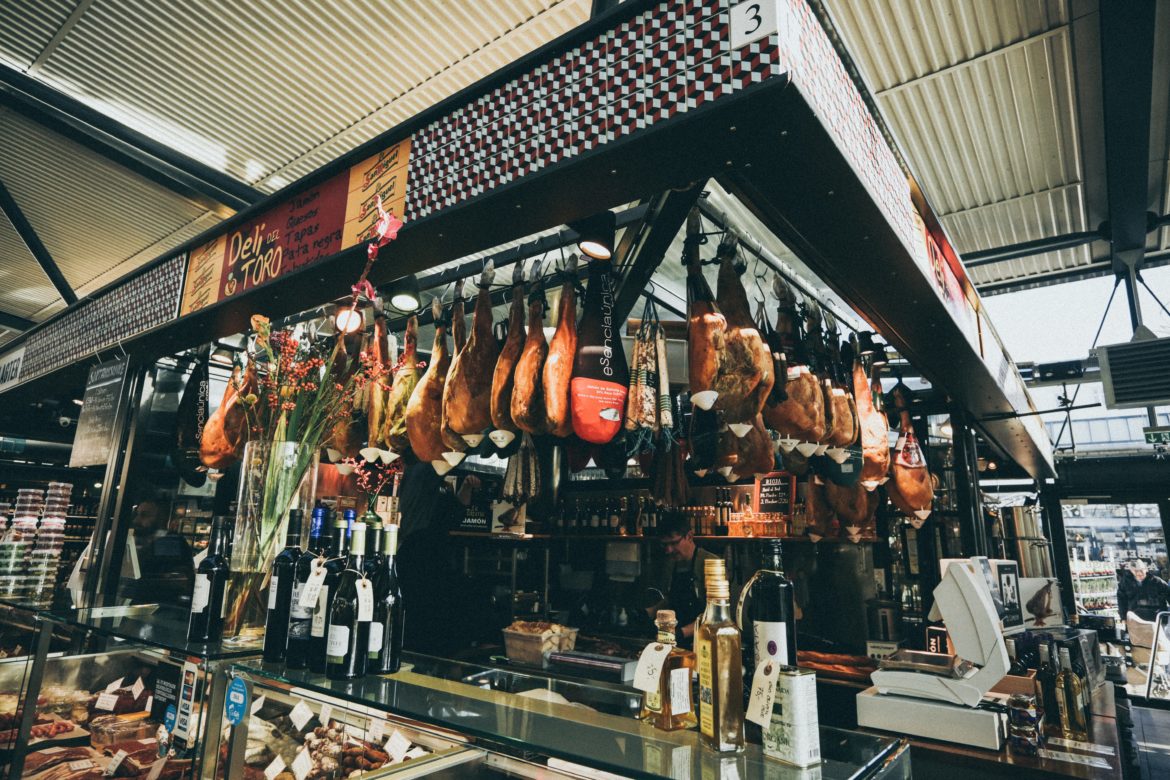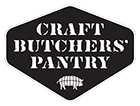
ANTIOXIDANT – substances added to foods to prevent the oxygen present in the air from causing undesirable changes in flavor or color. BHA, BHT, and tocopherols are examples of antioxidants.
BHT (butylated hydroxytoluene), BHA (butylated hydroxyanisole), TOCOPHEROLS (VITAMIN E) – antioxidants that help maintain the appeal and wholesome qualities of food by retarding rancidity in fats, sausages, and dried meats, as well as helping to protect some of the natural nutrients in foods, such as vitamin A.
BINDER – a substance that may be added to foods to thicken or improve texture. Some examples of binders in meat and poultry products are carrageenan, whey protein concentrate, food starch, and cellulose.
BROMELIN – an enzyme that can dissolve or degrade the proteins collagen and elastin to soften meat and poultry tissue. It is derived from pineapple fruit and leaves and is used as a meat tenderizer.
CARRAGEENAN – seaweed is the source of this additive. It may be used in products as binder.
CITRIC ACID – widely distributed in nature in both plants and animals. It can be used as an additive to protect the fresh color of meat cuts during storage. Citric acid also helps protect flavor and increases the effectiveness of antioxidants.
CORN SYRUP – sugar that is derived from the hydrolysis of corn starch. Uses include flavoring agent and sweetener in meat and poultry products.
EMULSIFIER – substance added to products, such as meat spreads, to prevent separation of product components to ensure consistency. Examples of these types of additives include lecithin, and mono- and di-glycerides.
FICIN – enzyme derived from fig trees that is used as a meat tenderizer.
GELATIN – thickener from collagen which is derived from the skin, tendons, ligaments, or bones of livestock. Gelatin is a binder/extender and is only permitted in a few meat and poultry products. For example, it may be used in canned hams or jellied meat products.
HUMECTANT – substance added to foods to help retain moisture and soft texture. An example is glycerine, which may be used in dried meat snacks.
HYDROLYZED (SOURCE) PROTEIN – flavor enhancers that can be used in meat and poultry products. They are made from protein obtained from a plant source such as soy or wheat, or from an animal source, such as milk. The source used must be identified on the label.
MODIFIED FOOD STARCH – starch that has been chemically altered to improve its thickening properties. Before the starch is modified, it is separated from the protein through isolation techniques; therefore, the source of the starch used is not required on the label.
MONOSODIUM GLUTAMATE (MSG) – MSG is a flavor enhancer. It comes from a common amino acid, glutamic acid, and must be declared as monosodium glutamate on meat and poultry labels.
PAPAIN – an enzyme that can dissolve or degrade the proteins collagen and elastin to soften meat and poultry tissue. It is derived from the tropical papaya tree and is used as a meat tenderizer.
PHOSPHATES – the two beneficial effects of phosphates in meat and poultry products are moisture retention and flavor protection. An example is the use of phosphates in the curing of ham where approved additives are sodium or potassium salts of tripolyphosphate, hexametaphosphate, acid pyrophosphate, or orthophosphates, declared as “phosphates” on labels.
PROPYL GALLATE – used as an antioxidant to prevent rancidity in products such as rendered fats or pork sausage. It can be used in combination with antioxidants such as BHA and BHT.
RANCID/RANCIDITY – oxidation/breakdown of fat that occurs naturally causing undesirable smell and taste. BHA/BHT and tocopherols are used to keep fats from becoming rancid.
SODIUM CASEINATE – used as a binder in products such as frankfurters and stews.
SODIUM ERYTHORBATE – is the sodium salt of erythorbic acid, a highly refined food-grade chemical closely related to vitamin C, synthesized from sugar, and used as a color fixative in preparing cured meats. (Note: Erythorbate is NOT earthworms. Perhaps the spelling or pronunciation has contributed to this misconception because the Hotline receives many calls related to this concern.)
SODIUM NITRITE – used alone or in conjunction with sodium nitrate as a color fixative in cured meat and poultry products (bologna, hot dogs, bacon). Helps prevent growth of Clostridium botulinum, which can cause botulism in humans.
SUGAR (SUCROSE) – used as sweetener in an endless list of food products.
TEXTURIZERS/STABILIZERS/THICKENERS – used in foods to help maintain uniform texture or consistency. These are substances that are commonly called binders. Examples are gelatin and carrageenan.
WHEY, DRIED – the dried form of a component of milk that remains after cheese making. Can be used as a binder or extender in various meat products, such as sausage and stews.
Source: http://www.fsis.usda.gov/wps/portal/fsis/topics/food-safety-education/get-answers/food-safety-fact-sheets/food-labeling/additives-in-meat-and-poultry-products/additives-in-meat-and-poultry-products
Comments (0)
Leave a reply
You must be logged in to post a comment.
